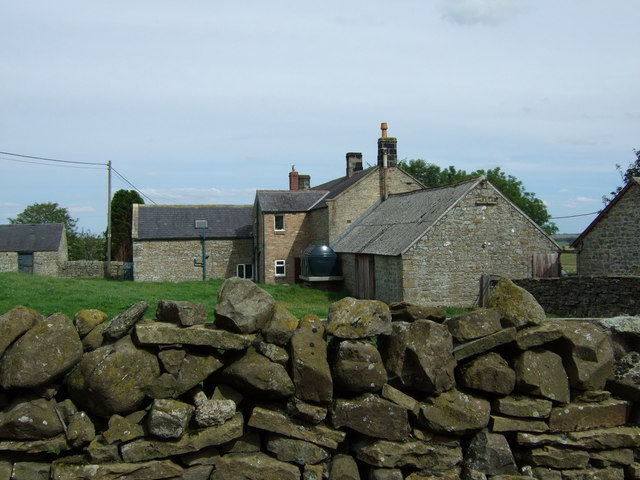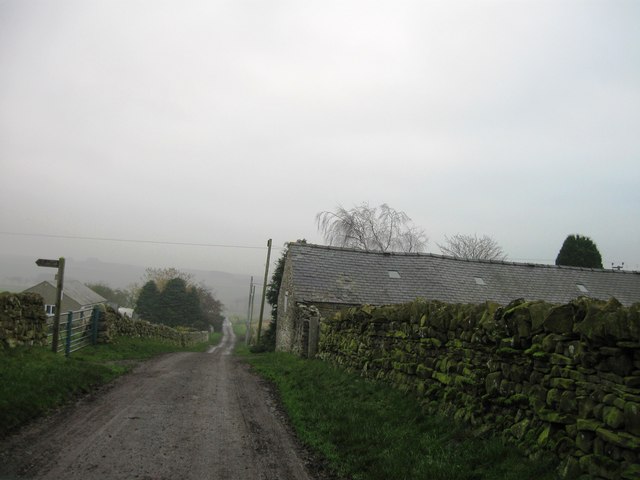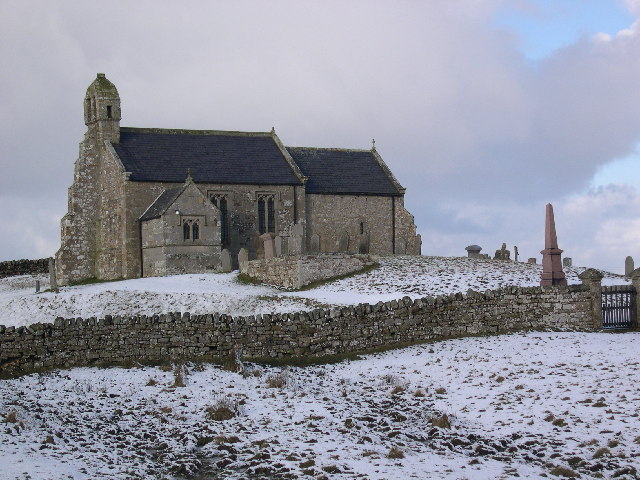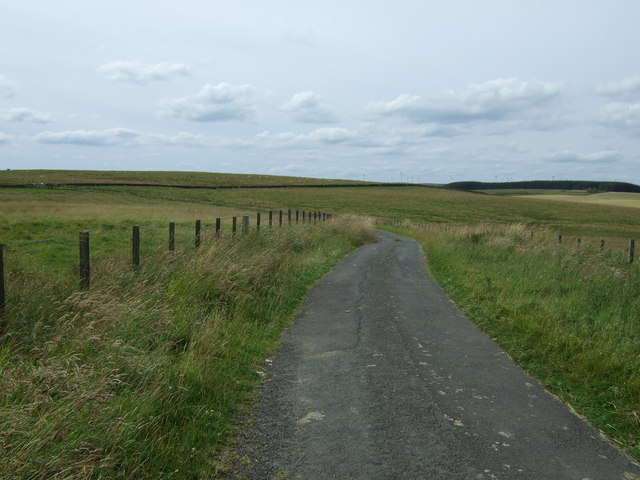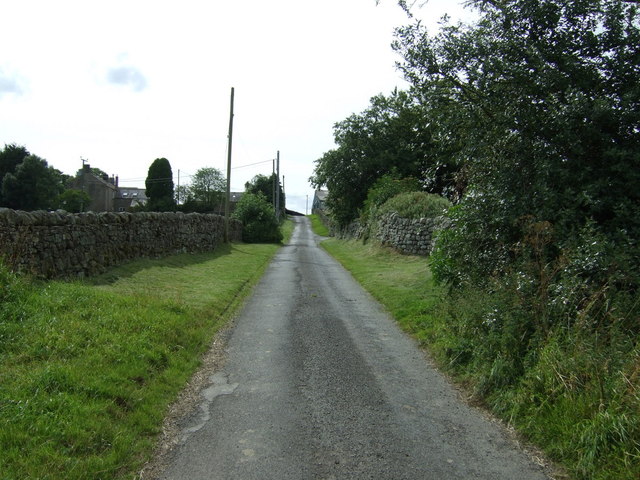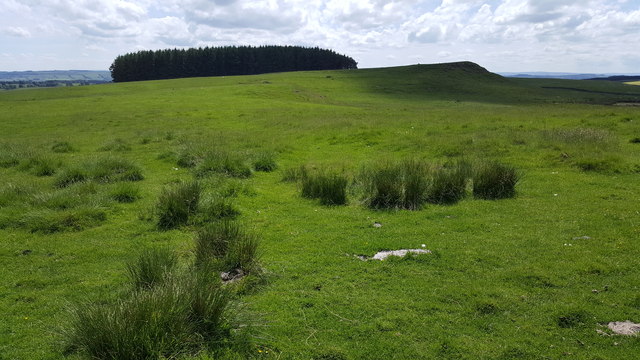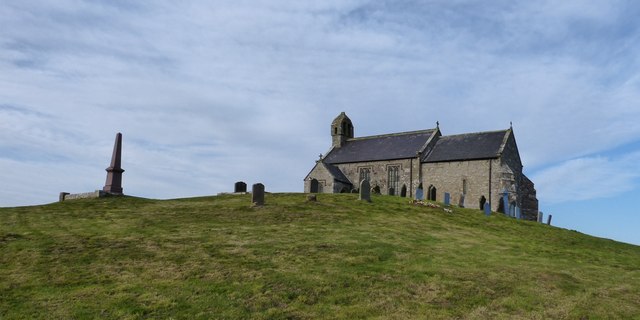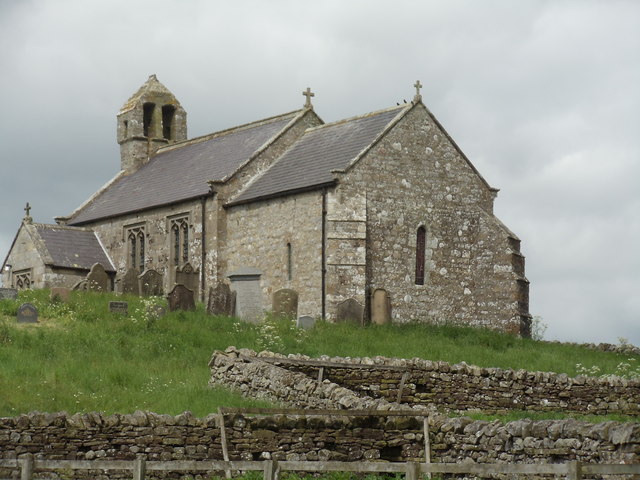Topics > Northumberland > Thockrington
Thockrington
Thockrington is a remote hamlet in Northumberland, located about 2 miles south-west of Great Bavington and 5 miles north-east of Chollerton. Today the settlement consists of Thockrington Farm, a bungalow and the 12th century St Aidan's Church. However, it was once a more substantial settlement. In the 13th century it was recorded as part of the lordship of Prudhoe, and 18 taxpayers were recorded in 1377.[1] In the early 19th century there were 25-30 cottages and a few farms here. Then in 1847 a returning sailor reputedly brought cholera, and the village population was wiped out, and the houses were burnt[2] -some foundations are still visible. Today, National Cycle Route 10 passes through Thockrington.
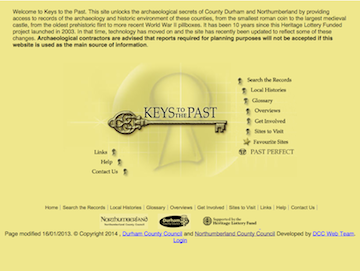
from https://keystothepast.info/se…
Throckrington shrunken village (Bavington)
- "The settlement of Throckrington is recorded as early as the 13th century when it was part of the lordship of Prudhoe. Some 18 taxpayers were recorded there in the Lay …
Added by
Simon Cotterill

from http://www.chollerton-churche…
Thockrington St Aidan
- "Thockrington Church is often claimed (falsely!) to be the oldest parish church in Northumberland. It has, however, stood here since AD1100.
It is built on an outcrop of the Whin …
Added by
Simon Cotterill
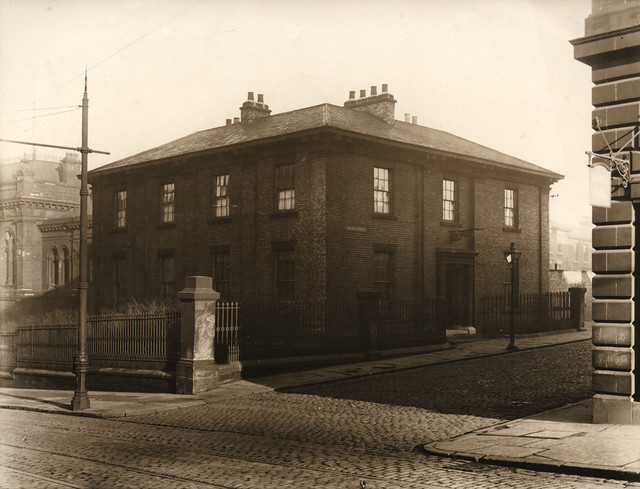
Co-Curate Page
Cholera
- Cholera is caused by infection with the bacterium Vibrio cholerae. It can result in diarrhoea and can rapidly lead to severe dehydration and death. History: Cholera became a worldwide problem …


from https://keystothepast.info/se…
Throckrington shrunken village (Bavington)
- "The settlement of Throckrington is recorded as early as the 13th century when it was part of the lordship of Prudhoe. Some 18 taxpayers were recorded there in the Lay …
Added by
Simon Cotterill

from http://www.chollerton-churche…
Thockrington St Aidan
- "Thockrington Church is often claimed (falsely!) to be the oldest parish church in Northumberland. It has, however, stood here since AD1100.
It is built on an outcrop of the Whin …
Added by
Simon Cotterill

